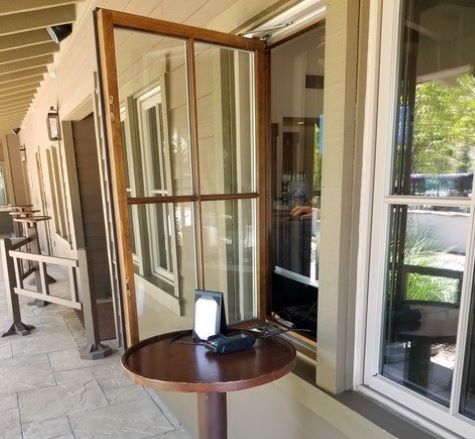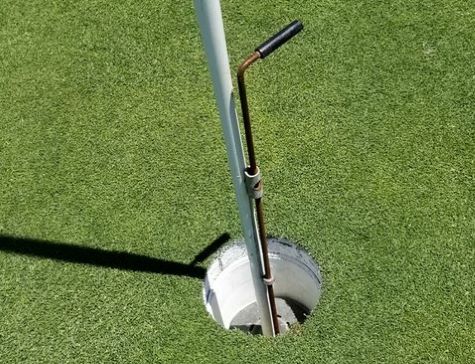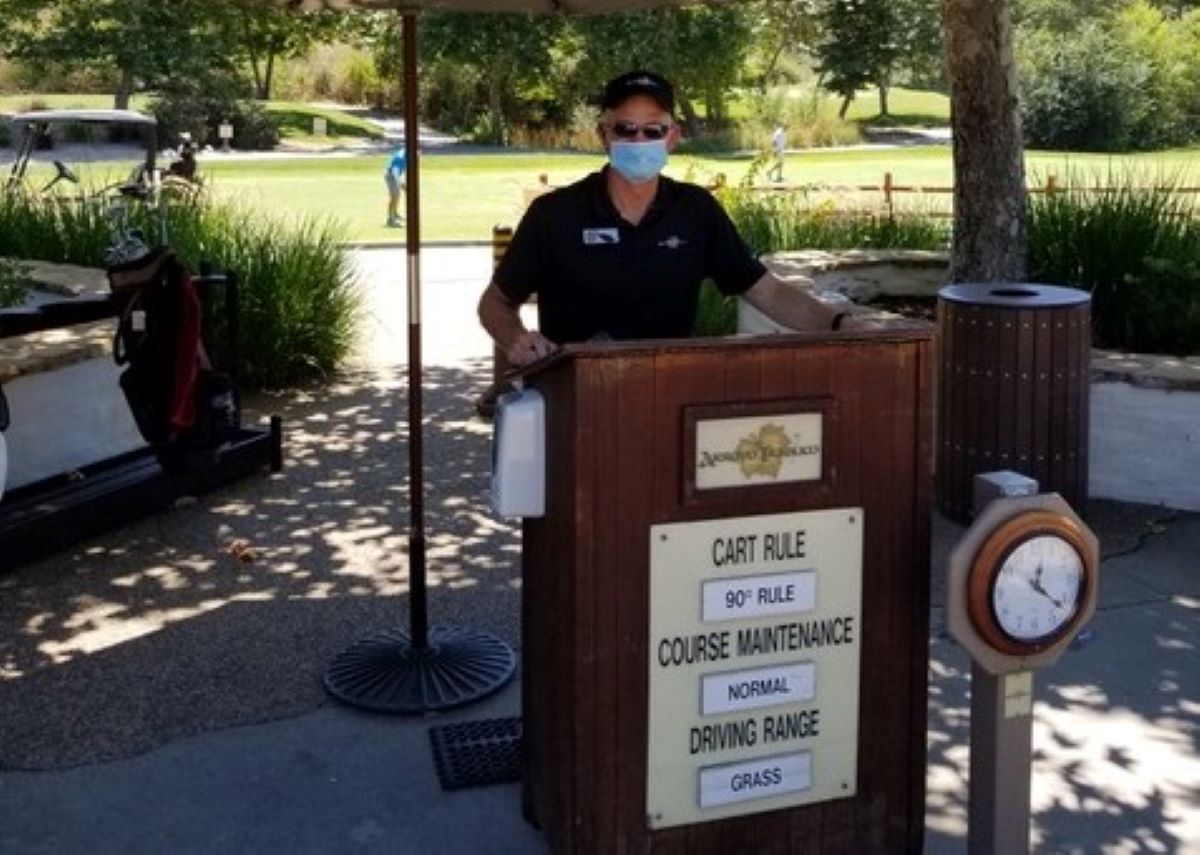By RANDY YOUNGMAN
The rules of golf have changed markedly during the global COVID-19 pandemic.
Not the official printed version of The 2019 Rules of Golf—those remain the same.
But accepted practices on the golf course have changed dramatically to maintain “social distancing,” to try to prevent the spread of the novel coronavirus that as of early September had afflicted more than 6 million and killed 189,000 in the United States (including 700,000-plus cases and nearly 14,000 deaths in California).
Though courses in some states never closed—notably in Florida, Texas and Oregon—most public and private courses in the state of California were closed from mid-March until early May before getting clearance from Gov. Gavin Newsom’s office to reopen with restrictions.
Those restrictions, plus new guidelines for playing, have resulted in the rule changes—some specified, some implied, some merely common sense.

On May 7, the Southern California Golf Association (SCGA) and the Southern California PGA (SCPGA) unveiled a new initiative called “Do Your Part, Play Safe”—
an educational program, according to a press release, “to strongly encourage the Southland golf community to strictly adhere to social distancing and other public health guidelines required by local and state health officials.” (Northern California golf courses also reopened in early May with similar restrictions and guidelines.)
The first restrictions that enabled golf courses to reopen revolved around maintaining the 6-feet-apart, physical distancing directive by allowing only one rider per motorized cart (unless players were from the same family). Walking was encouraged at all courses and initially mandated at others.
Individual counties and states had varying rules when courses reopened. San Diego County courses initially had a walking-only restriction, and Riverside County initially required all golfers to wear face coverings while playing before easing that restriction.
Another widespread restriction was eliminating touchpoints on the course, so bunker rakes, water coolers and sand bottles were removed. Flagsticks were required to be left in the cup and not touched, and several methods were used to facilitate ball removal from the holes. Some cups were turned upside down to prevent putts from being holed; some were filled with foam or plastic cylinders so that the ball could easily be retrieved; and some holes were equipped with metal levers that could eject a ball with the flick of a club.

To adhere to physical distancing guidelines, many golf shops were closed to customers, as were clubhouses, restaurants, snack shops and beverage carts until Gov. Newsom allowed restaurants to reopen during Memorial Day weekend. (In July, another coronavirus surge resulted in an outside-dining-only mandate in California counties with increasing COVID-19 spread.)
Initially, many courses did not allow walk-on play or single players, and golfers were instructed not to arrive early and to return to their cars immediately after finishing a round without lingering to socialize. Staggered tee times, with longer intervals between groups than usual, also helped keep players apart. Those safety protocols were eased at many courses as summer arrived.
Though golf is a sport that lends itself to natural physical distancing, if players violate the new rules and restrictions—the new normal, if you will—there is always the possibility that golf courses could have to close again.
“Now it’s important that wisdom and golf’s high regard for public health and safety prevail,” said SCGA Executive Director Kevin Heaney. “By executing on social distancing mandates, we know we will earn the public’s ongoing trust.”

